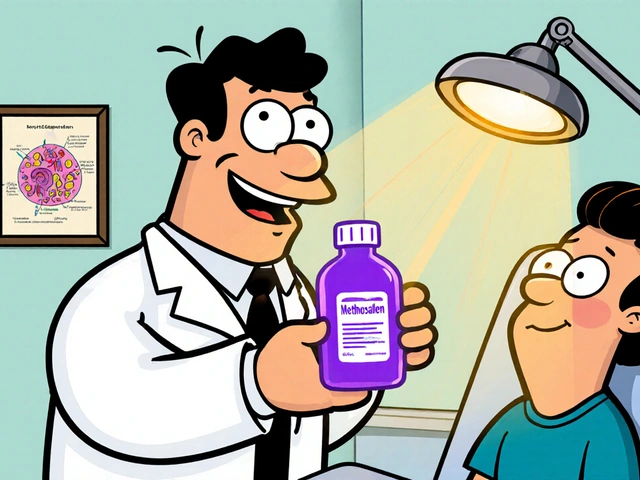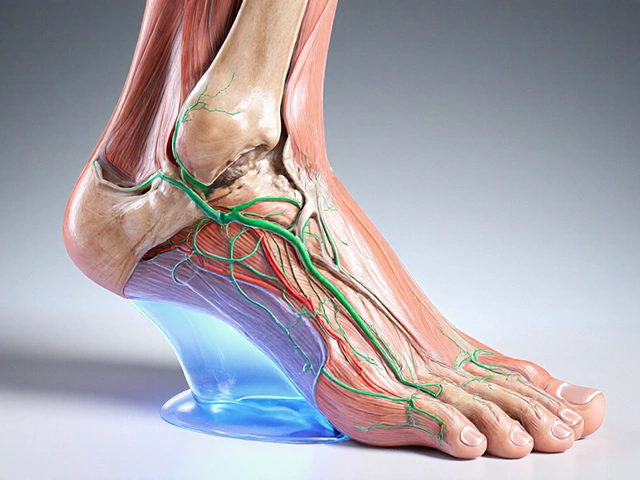Neuropathic Pain Management: Practical Steps You Can Use Today
Nerve pain feels different from ordinary aches. It can burn, tingle, shock, or feel like pins and needles. If you’re reading this because medication alone hasn’t fixed things, you’re in the right spot. This page gives clear, practical options—medicines, topical treatments, procedures, and daily habits—that people actually use to reduce nerve pain and live better.
Medications and topicals
Several medicines are standard first-line choices. Gabapentin and pregabalin are common for nerve pain; doctors often start low and increase dose until pain eases or side effects appear. Typical starting amounts are gabapentin 300 mg at night (titrated up) or pregabalin 75 mg twice daily, but your doctor will tailor dose to you. Duloxetine (an SNRI) and tricyclic antidepressants like amitriptyline also help by changing how the brain senses pain.
Topical options can be useful when pain is localized. Lidocaine patches numb the area, and high-concentration capsaicin patches can reduce pain after a few applications. These often cause fewer overall side effects than pills and can be used with oral meds. Always test a small skin area first and follow instructions closely.
Quick note: over-the-counter pain relievers like acetaminophen or ibuprofen rarely fix neuropathic pain by themselves, but they can help with mixed pain or flare-ups.
Procedures, devices, and daily habits
If pills and creams aren’t enough, procedures may help. Nerve blocks can give months of relief for some people. For long-standing, severe pain, spinal cord stimulation or peripheral nerve stimulators can be effective—these are surgical devices placed by pain specialists to interrupt pain signals.
Non-invasive devices matter too. TENS (transcutaneous electrical nerve stimulation) units are inexpensive and worth trying for some types of neuropathy. Many people get at least temporary relief with regular TENS sessions.
Daily habits make a big difference. Keep blood sugar under control if you have diabetes—this slows nerve damage. Regular, gentle exercise (walking, swimming, balance work) helps nerves and reduces pain sensitivity. Good sleep, quitting smoking, and limiting alcohol improve nerve healing and reduce flare-ups. Simple foot care and regular checks matter for people with diabetic neuropathy.
Physical therapy and graded movement programs help if pain makes you avoid activity. CBT (cognitive behavioral therapy) or pain coaching can change how you experience pain and improve coping skills. Small wins—short walks, better sleep, fewer caffeine or alcohol triggers—add up.
Talk with your doctor about combining approaches. Many people do best with a mix: a med to calm nerves, a topical for flare-ups, a device or procedure for persistent spots, and daily habits to prevent worsening. If you’re unsure where to start, ask for a referral to a pain specialist or neurologist. Treatment isn’t one-size-fits-all, but with the right plan, nerve pain is manageable.





